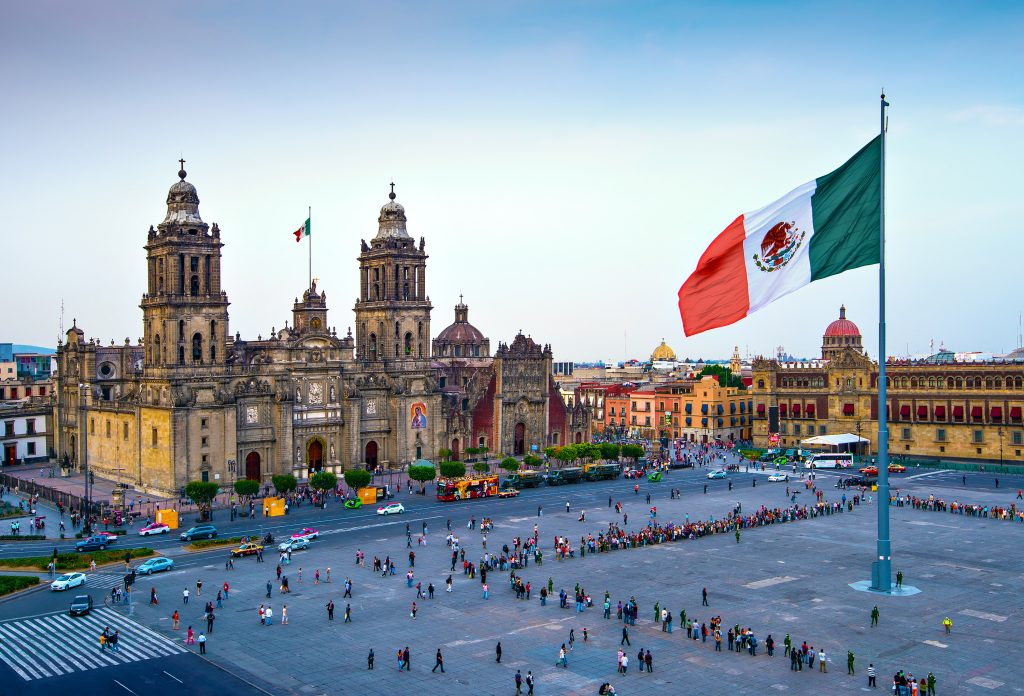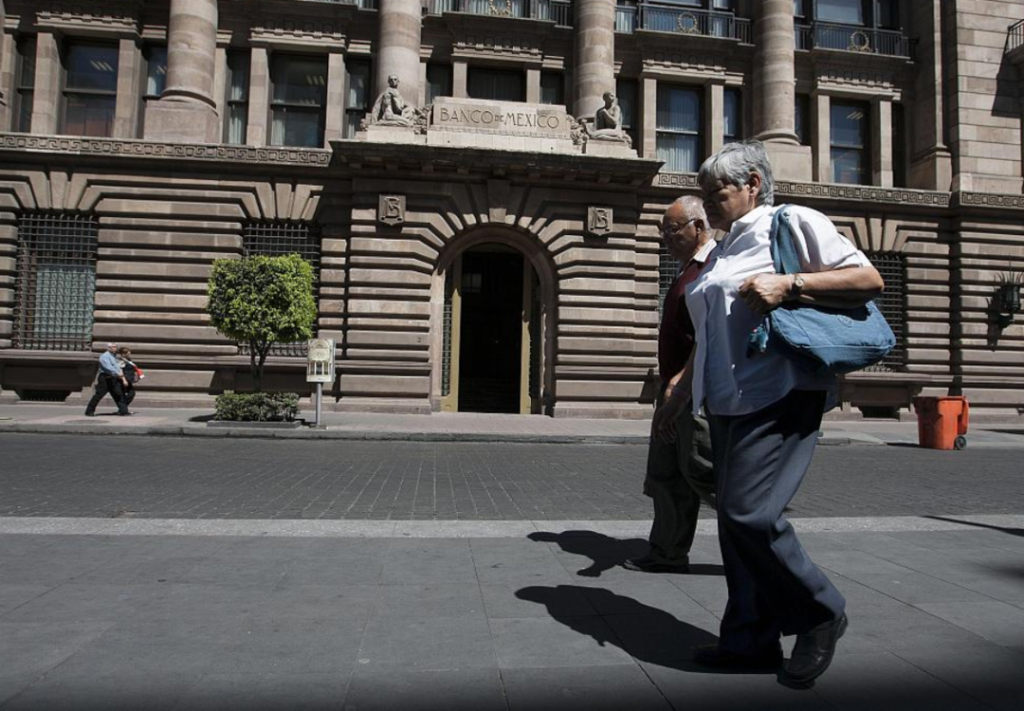The economic performance of Mexico in the fourth quarter of the year has been a subject of significant interest and concern, particularly as it pertains to the country’s overall growth trajectory.
According to preliminary figures released by Mexico’s National Statistics Institute, the economy of Mexico experienced a marginal 0.1% increase in the fourth quarter. This modest uptick has contributed to an estimated overall growth rate of 3.1% for the year 2023.
The breakdown of the economic sectors reveals a mixed picture of growth and contraction. The services sector, a critical component of the Mexican economy, saw a marginal 0.1% advance during the fourth quarter.
Meanwhile, the agricultural output experienced a corresponding decline of 0.1%. In contrast, the manufacturing sector remained unchanged, reflecting a certain level of stability within this key segment of the economy.
The implications of these figures are multifaceted and warrant careful analysis. A growth rate of 3.1% for the year 2023, while positive, may be perceived as relatively modest in the context of Mexico’s economic potential.
It is essential to consider the broader economic landscape, including factors such as inflation, employment, and foreign investment, in order to gain a comprehensive understanding of the country’s economic health.
The marginal increase in the services sector is indicative of the resilience of this segment, which encompasses a wide range of activities including finance, tourism, and professional services.
The stability of the manufacturing sector, despite remaining unchanged, suggests a certain level of equilibrium in this critical area of production and export.
Conversely, the decline in agricultural output raises questions about the challenges facing the agricultural industry in Mexico, including issues related to productivity, infrastructure, and market dynamics.
Given the significance of agriculture in providing food security and employment opportunities, addressing the underlying factors contributing to this decline is of paramount importance.
In the broader context of global economic trends, Mexico’s performance must be viewed in relation to external factors such as trade dynamics, geopolitical developments, and the evolving nature of international commerce.
The interconnectedness of economies underscores the need for a nuanced understanding of the forces shaping Mexico’s economic trajectory.
Furthermore, the resilience and adaptability of the Mexican economy in the face of challenges, including the ongoing COVID-19 pandemic and its economic repercussions, merit recognition.
The ability of the economy to navigate such turbulent waters and achieve positive growth, albeit modest, underscores the underlying strengths and potential for further development.
Looking ahead, it is imperative for policymakers, business leaders, and stakeholders to engage in a comprehensive dialogue aimed at identifying opportunities for sustainable growth, addressing structural impediments, and fostering a conducive environment for investment and innovation.
This necessitates a coordinated approach that leverages the strengths of various economic sectors while addressing the challenges that may hinder progress.
In conclusion, the preliminary figures pertaining to Mexico’s economic performance in the fourth quarter of 2023 provide valuable insights into the state of the country’s economy.
While the marginal increase in growth and the mixed performance of different sectors present a complex narrative, they also underscore the need for a holistic and forward-looking approach to economic policymaking and development.

By leveraging the strengths of its diverse economic landscape and addressing the challenges at hand, Mexico can chart a path toward sustained and inclusive growth in the years to come.
In summary, the economic data released by Mexico’s National Statistics Institute offers a starting point for a deeper examination of the country’s economic dynamics, and it serves as a call to action for concerted efforts aimed at fostering a resilient and prosperous economy for all.
In 2023, Mexico experienced a notable decrease in inflation, with the rate declining to 4.66% by the end of the year.
However, despite this positive development, domestic interest rates remained persistently high at 11.5%. This situation had significant implications for Mexico’s economy, particularly in terms of the cost of servicing the country’s debt, as highlighted by the Treasury Department.
The high interest rates both domestically and internationally had a direct impact on the financial burden associated with Mexico’s debt.
The increased cost of servicing the debt posed challenges for the government and the overall economic landscape.
It is crucial to recognize the interconnectedness of various economic factors, as fluctuations in interest rates can have far-reaching effects on a nation’s financial well-being.
Furthermore, the strength of Mexico’s peso was a notable aspect in the economic landscape. Despite the challenges posed by high interest rates, the peso remained robust, trading at approximately 17.20 to $1.
This stability in the currency market is a significant factor in Mexico’s economic resilience and is indicative of the country’s ability to weather external economic pressures.
Moreover, the performance of the Mexican stock exchange’s main index, which was trading slightly higher, also contributes to the multifaceted nature of Mexico’s economic situation.
It is a testament to the resilience and adaptability of the country’s financial markets in the face of challenging economic conditions.
In analyzing the confluence of these economic indicators, it becomes evident that Mexico’s economic landscape is complex and multifaceted.
The interplay between inflation, interest rates, currency strength, and stock market performance paints a nuanced picture of the country’s financial health.
It is essential for policymakers, economists, and stakeholders to carefully consider these factors and their implications for the broader economy.
Moving forward, it is imperative for Mexico to address the persistent challenge of high domestic interest rates. Finding a balance between controlling inflation and ensuring manageable interest rates is crucial for sustainable economic growth.
Additionally, leveraging the strength of the peso and the resilience of the stock market can serve as valuable assets in navigating the complexities of the global economic landscape.
In conclusion, the economic developments in Mexico in 2023, characterized by declining inflation, high domestic interest rates, a strong peso, and a resilient stock market, underscore the intricate nature of the country’s economic dynamics.

These factors necessitate a comprehensive and strategic approach to economic policy and management, with a focus on mitigating the challenges posed by high interest rates while capitalizing on the strengths of the currency and financial markets.
By doing so, Mexico can position itself for sustainable economic growth and stability in the years to come.
